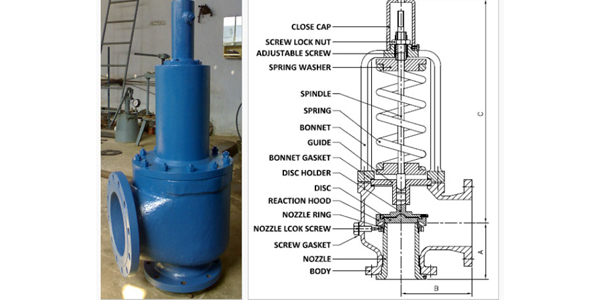Factors Affecting PSV Sizing
Do you want to know what factors affect PSV sizing?
PSVs are crucial components in ensuring the safety of industrial processes. Let’s dive into the key factors that affect their sizing,
- Fluid Type and Properties: The type of fluid being processed plays a significant role.
- Operating Conditions: Operating conditions, such as temperature and pressure, directly impact PSV sizing.
- Relieving Capacity: The required relieving capacity is a critical factor. It’s important to accurately calculate the maximum flow rate the PSV needs to handle during an emergency.
- Design Codes and Standards: Adhering to industry codes and standards is essential. These guidelines provide a framework for sizing PSVs to ensure uniform safety practices.
- Back Pressure Effects: Back pressure from downstream equipment affects PSV sizing. The valve must be capable of handling the pressure even under varying back pressure conditions.
- Two-Phase Flow Considerations: In cases where fluids can exist in two phases, such as liquids and vapors, additional calculations are needed to ensure effective PSV sizing.
- Special Cases – Steam and Vapor Service: Steam and vapor services require special attention. Their properties can change dramatically with temperature variations, impacting PSV performance.
- By understanding these factors, engineers can ensure the correct PSV size, contributing to the safety and reliability of industrial processes.
I hope this was useful to you. Please do share this with your friends.
Take care.
Ajay S. Satpute


